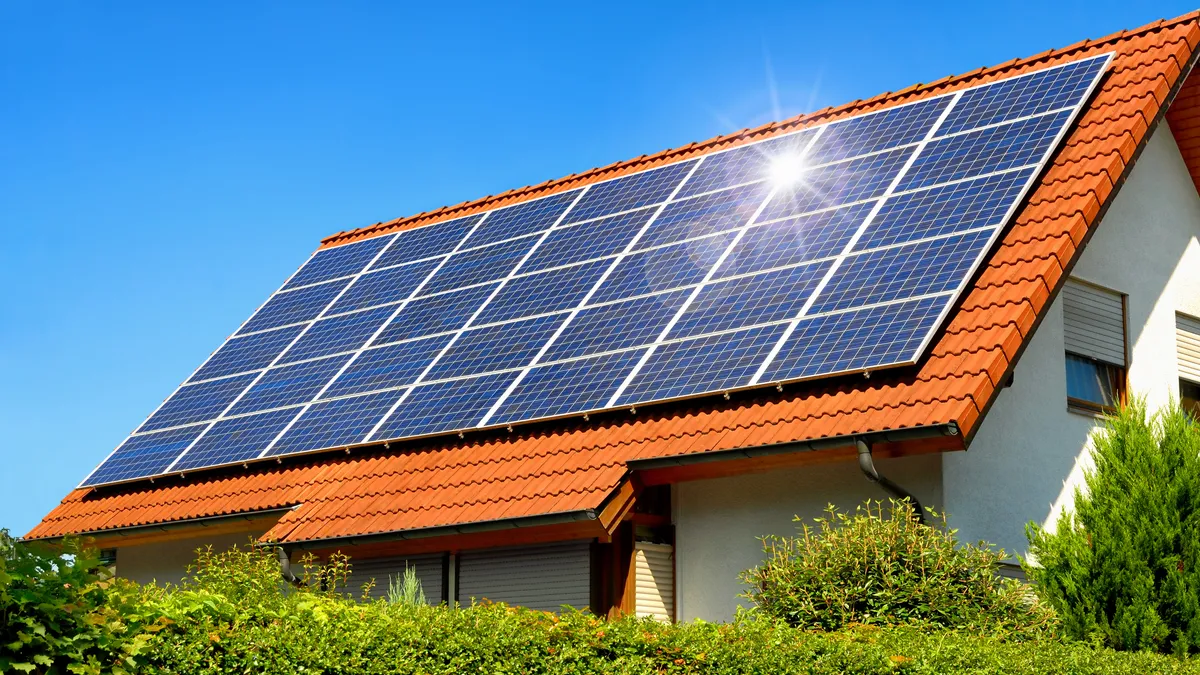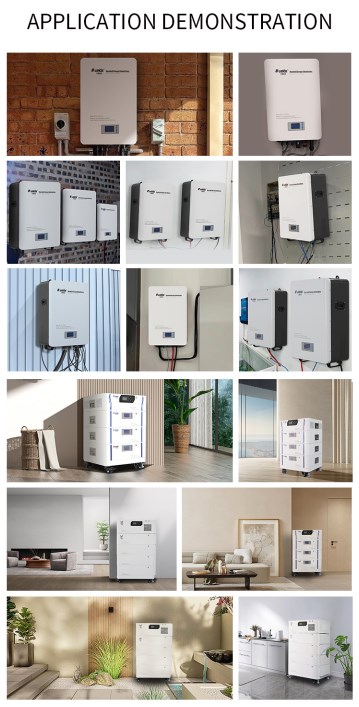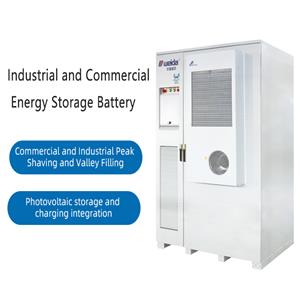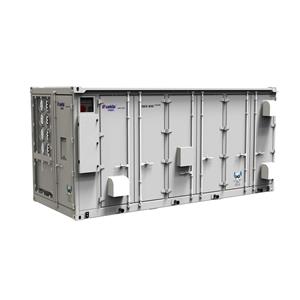Solar power: How to use sunlight to generate electricity?
Solar energy is one of the most abundant sources of energy on the planet and a type of renewable energy. Solar power is a way of using sunlight to generate electricity.
The principle of solar power is the photovoltaic effect. When sunlight hits a semiconductor material, it creates electrons and holes on the surface of the material. These electrons and holes flow in response to an electric field, which creates an electric current.

A solar power system consists of the following main components:
Solar panels: solar panels are the core part of a solar power system, which is responsible for converting sunlight into electricity.
Solar Panel
Inverter: The inverter is responsible for converting the DC power generated by the solar panels into AC power.
Inverter
Battery: The battery is responsible for storing the electricity generated by the solar power system.
Batteries
Solar power systems can be used in homes, businesses, and even large power stations. It is a clean, sustainable energy source with a broad application outlook.

Advantages of solar power
Solar power generation has the following advantages:
Clean and non-polluting: solar power does not produce any pollution and is a truly clean energy source.
Renewable: solar energy is a renewable energy source that will not be depleted.
Decreasing cost: with the advancement of technology, the cost of solar power is decreasing.
Disadvantages of Solar Power
There are some disadvantages of solar power:
Affected by weather: The efficiency of solar power can be affected by weather, such as cloudy or rainy days.
Problems with energy storage: Solar power systems need to be equipped with batteries to store electricity, which can increase the cost and complexity of the system.
Solar power is one of the future trends in energy development. With the advancement of technology, the cost of solar power will further decrease and its advantages will become more obvious.




